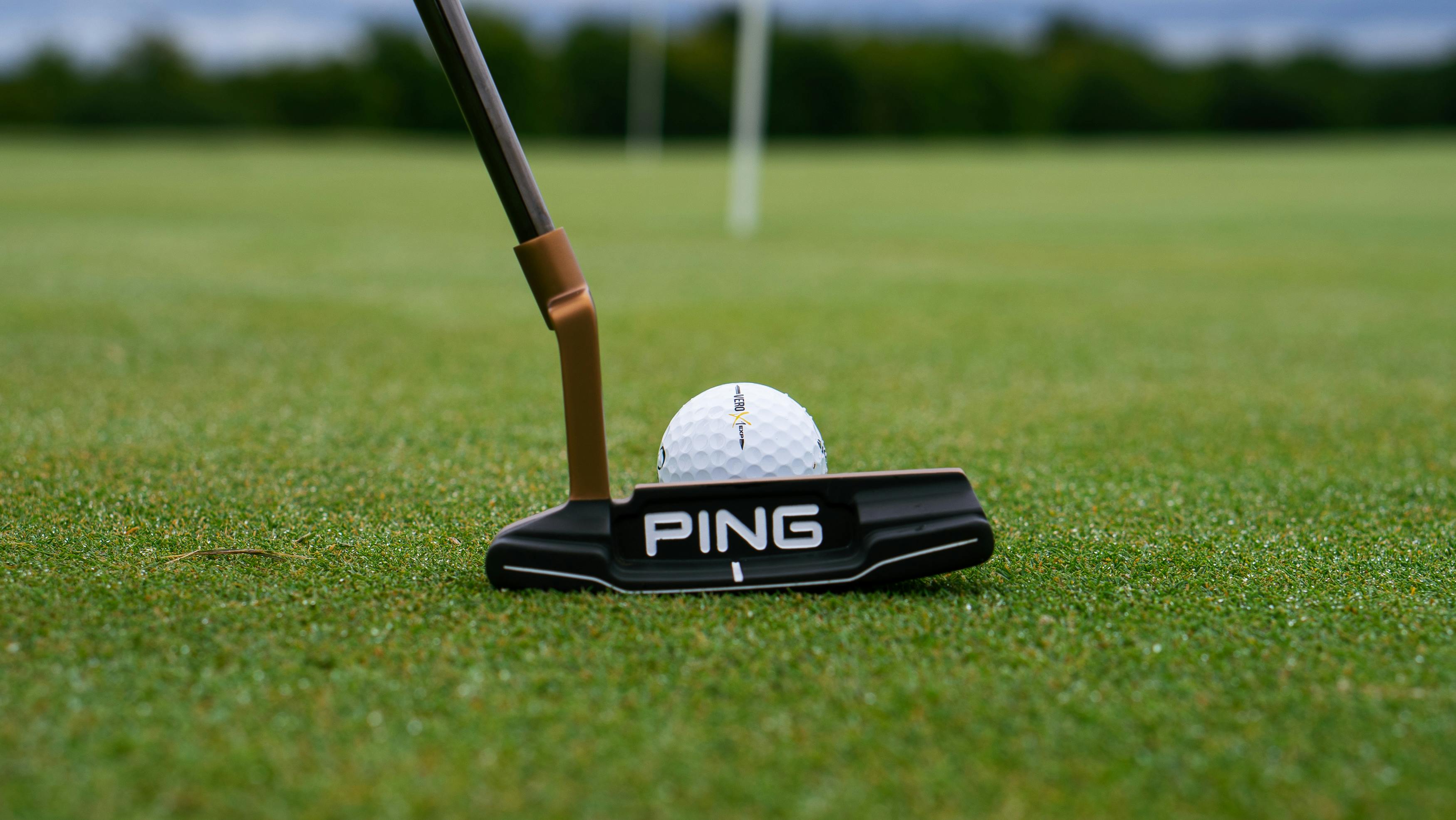How safe is diving?
One of the most common things people say when talking about whether or not they would ever try scuba diving is that they worry about how safe it really is. It is a valid concern, after all, this is an activity that involves immersing yourself in the unknown world that lurks below the surface of the water. The human body is not designed to survive underwater, so it is natural to feel a little apprehensive when doing so. With that in mind, let’s take a look at how safe diving really is!
Is diving dangerous?
There really is no definitive answer to the question, “Is it dangerous to dive?” The truth is that yes, it can be dangerous. However, it is not dangerous in the same sense that something like free running is considered dangerous. It is more comparable to the type of danger involved in crossing a busy street. There are risks involved, but if you take the necessary precautions and don’t take unnecessary risks, the likelihood that you will be injured while diving is minimal.
It’s all about training
Making sure you are safe when you go diving all comes down to having the proper training. No reputable dive excursion company would let you in the water without prior training! It is important to learn the basics of safe diving early on and you will go through the same safety checks and drills over and over again until they become second nature and these same checks and drills will be what you need. really do in the water. Safety is paramount when it comes to diving and the training courses recommended by PADI (Professional Association of Diving Instructors) have been developed for more than fifty years based on scientific and medical research, as well as the personal experience of the divers to make sure it offers excellent grounding in safety.
Your Basic Safety Checklist for Diving
To give you an idea of the type of safety checks we are talking about, take a look at this short summary of the type of checklist that is done once all divers are in their scuba gear and ready to enter the water. . It is by no means an exhaustive checklist and is not a substitute for proper PADI approved training, but it will give an idea of what to expect. The way most divers remember the checklist is by using the acronym BWARF, which some people remember saying ‘Burger with condiments and fries’! The letters represent the following:
B: Buoyancy or BCD – It is important to make sure that everything is connected correctly, that the discharge valves are working correctly and that the tank is well supported.
W: Weights – Next, make sure your weight belt is securely fastened and the manual release is tight.
A: Air – Check that your air is on and check that your friend has it too. Check your pressure level and make sure air is going to the primary regulator and to the grapple.
A: Release – Check all releases to make sure you know how to release them in an emergency. You also need to make sure they are securely attached.
F: OK final – Lastly, do a final check to see if your mask and fins are positioned correctly and verify that your friend is fine too.
